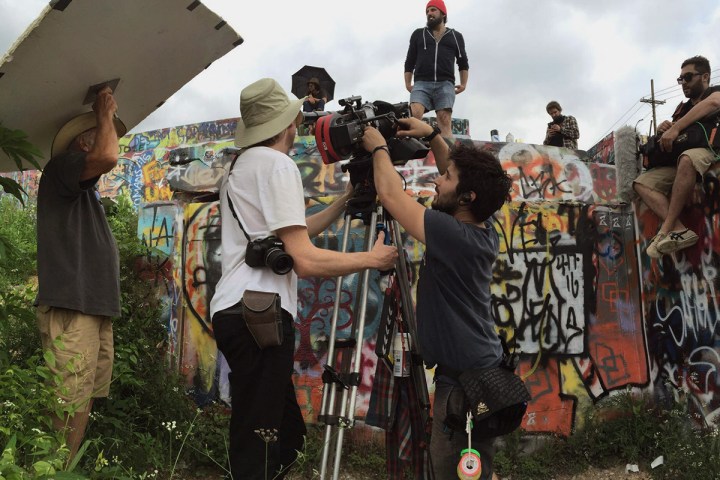
Kickstarter and Eastman Kodak Company are looking to change that, however as the two companies announced today that they have joined up to make shooting on film more affordable for directors funding their films through the crowdfunding platform. Quite simply: Kodak will supply directors with film at no cost, at least up to a certain point.
“Kodak understands that artists working at all budget levels strive to tell their stories with the unique quality and emotion that film provides,” Anne Hubbell, Kodak vice president of motion picture, said. “Working with Kickstarter is a natural extension of our continued support of the independent community. We are dedicated to ensuring that the medium remains available and viable for established and emerging filmmakers alike.”
This opportunity won’t be open to everyone, but once Kickstarter and Kodak have selected participants, they will be offered their choice of either 16 mm or 35 mm film. Kodak will match up to 15 percent of the first $100,000 raised by a campaign for 16 mm film, or up to 20 percent of the first $100,000 raised for 35mm film, so directors will be offered up to $15,000 or $20,000 in film, depending on which type they choose.
The companies haven’t said how many total participants will be chosen, but it has already announced a few. Derek Ahonen (The Transcendents), Antonio Ferrera (Nomad of Art), Daniel Levin (Bagatelle) and R. Paul Wilson (DarkFall) have been chosen as what the companies call “premiere participants,” and will all launch Kickstarter campaigns this spring.
Plenty of directors, including Martin Scorsese, Quentin Tarantino, and Christopher Nolan, still shoot on film, but the budgets available to these directors are much larger. While free film certainly helps keep the cost down, working with film is still much trickier and — depending on the equipment already available to the director — more expensive than simply working with digital equipment.
Still, for directors with tight budgets that are dying to shoot on film, this move definitely helps toward making that dream a reality. For more information, see the project page on Kickstarter.


